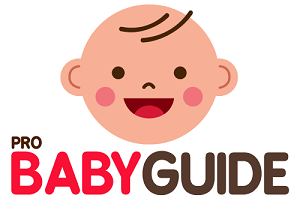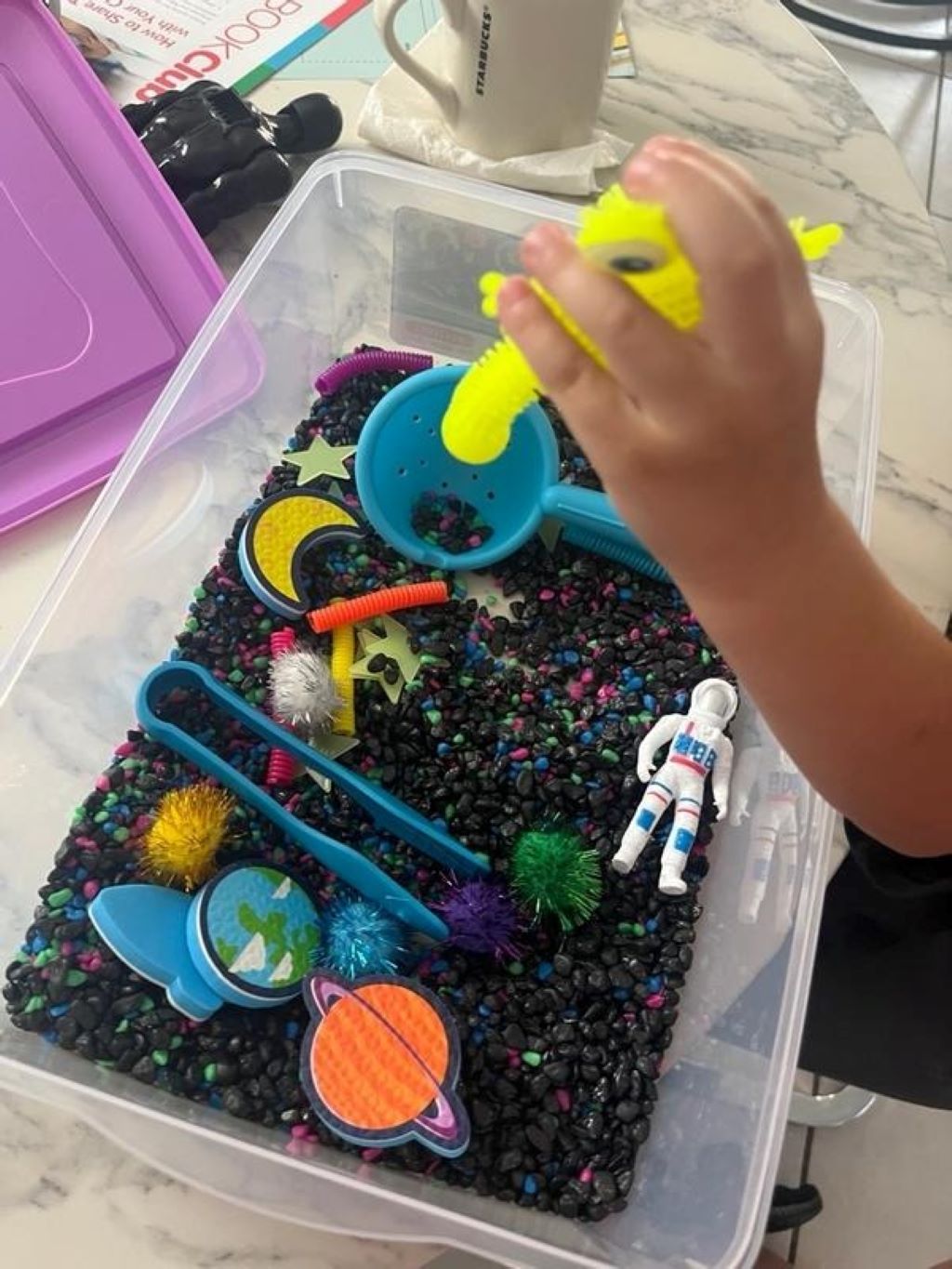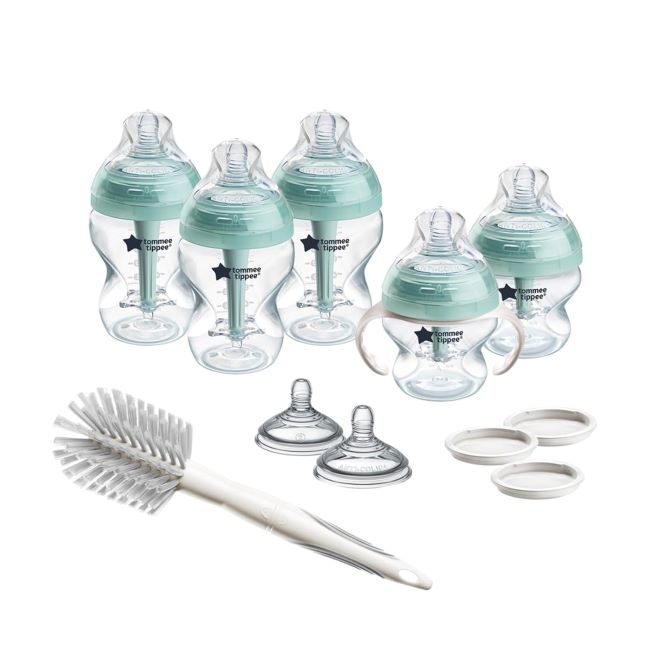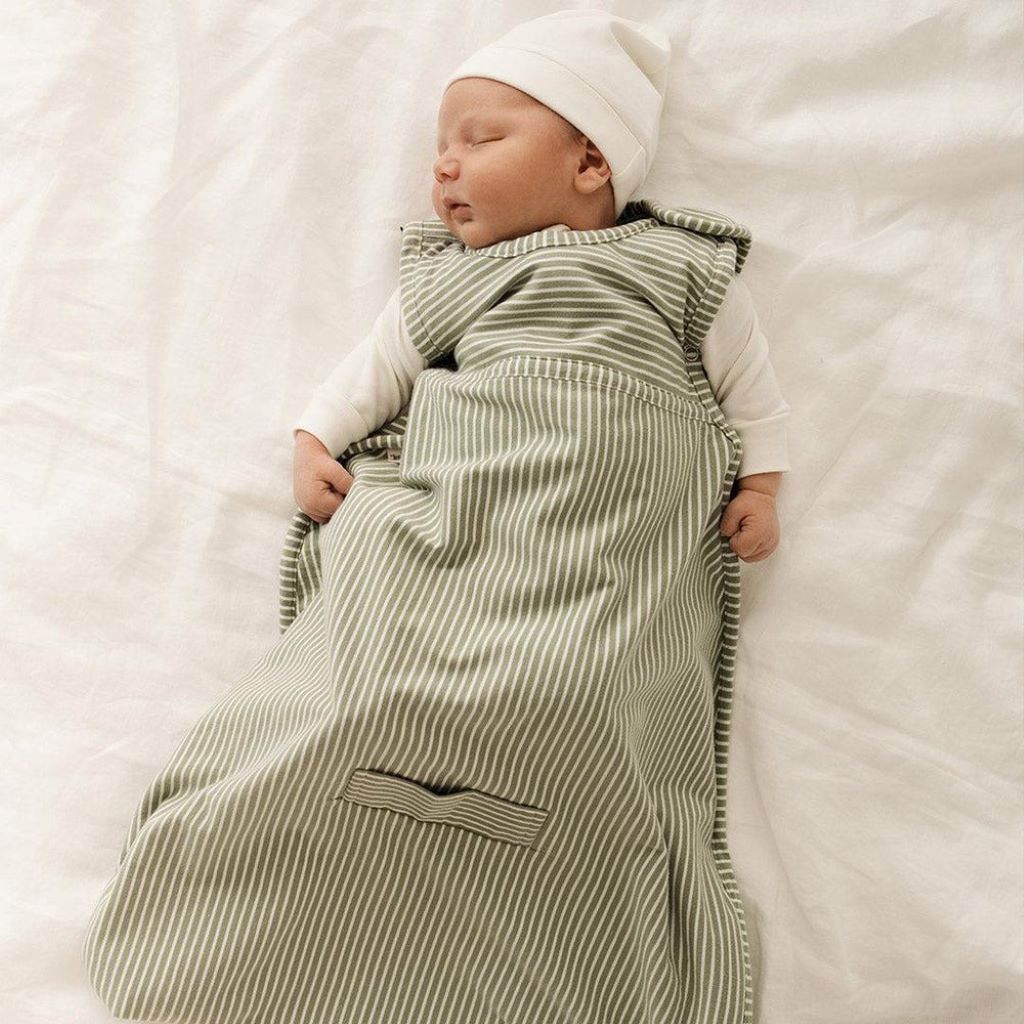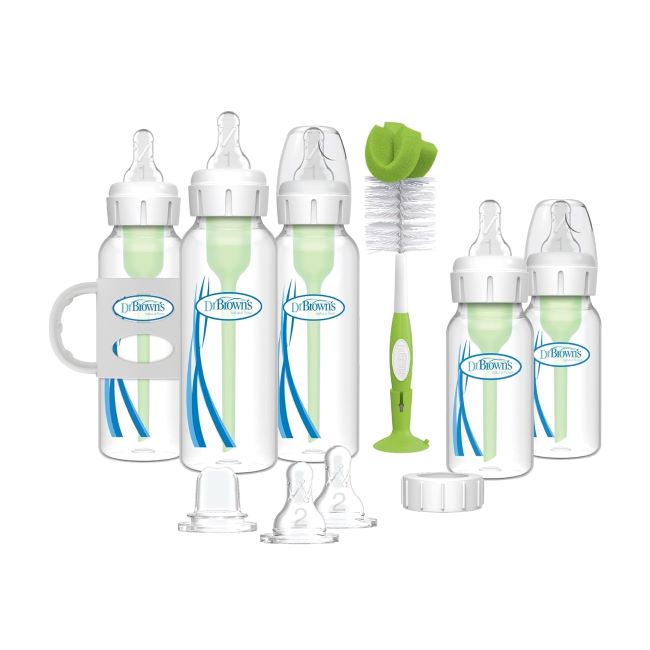Toddlers are naturally curious little explorers, eager to touch, taste, and investigate everything around them. Sensory bins for toddlers offer a safe and engaging way to tap into this innate curiosity, providing a rich environment for learning and development. These simple tubs filled with various textures, colors, and objects can captivate a toddler’s attention for hours, fostering creativity, problem-solving skills, and a love for exploration.
What is a Sensory Bin?
A sensory bin is essentially a container filled with materials designed to stimulate a child’s senses. These materials can vary widely, from dry ingredients like rice and beans to wet substances like water and sand. The beauty of sensory bins lies in their versatility and adaptability. You can tailor them to your child’s interests, developmental stage, and even the seasons or holidays. Imagine a bin filled with crinkly autumn leaves in fall, sparkling snowflakes and cotton balls in winter, or colorful Easter eggs in spring!
The Benefits of Sensory Play
Sensory play is much more than just fun and games; it’s a crucial component of early childhood development. Here’s how sensory bins can benefit your toddler:
- Develops fine motor skills: Scooping, pouring, digging, and manipulating small objects strengthens hand-eye coordination and fine motor skills, essential for tasks like writing, buttoning clothes, and using utensils.
- Enhances cognitive development: Sensory play encourages exploration, experimentation, and problem-solving. Toddlers learn about cause and effect, different textures, and spatial awareness as they interact with the materials.
- Boosts language development: Describing the textures, colors, and objects in the bin expands vocabulary and encourages communication. You can introduce new words like “rough,” “smooth,” “slippery,” and “dry” while playing together.
- Calms and soothes: Sensory play can have a calming effect on toddlers, particularly those with sensory processing sensitivities. The repetitive motions and tactile input can help regulate emotions and reduce anxiety.
- Sparks creativity and imagination: Sensory bins provide a blank canvas for imaginative play. A simple bin of rice can transform into a construction site, a dinosaur dig, or a magical fairy garden in a toddler’s mind.
Setting Up a Sensory Bin: A Step-by-Step Guide
Creating a sensory bin is easier than you might think! Here’s a simple guide to get you started:
- Choose your container: A plastic storage bin, a large bowl, or even a baking tray can work perfectly. Ensure it’s sturdy and large enough for your toddler to explore comfortably.
- Select your base: This is the foundation of your sensory bin. Popular options include dry rice, beans, pasta, sand, water, or even shredded paper.
- Add textures and objects: This is where you can get creative! Include a variety of items with different textures, shapes, and sizes. Think scoops, cups, small toys, natural elements like pinecones and stones, or even household items like sponges and bottle brushes.
- Consider a theme: Themes can make sensory bins even more engaging. Create a dinosaur dig with sand, small plastic dinosaurs, and rocks, or an ocean adventure with water, seashells, and toy boats.
- Supervise play: Always supervise your toddler during sensory play, especially with small objects that could pose a choking hazard.
Sensory Bin Ideas for Every Toddler
The possibilities for sensory bins are truly endless. Here are a few ideas to inspire you:
The Budding Builder:
- Construction Zone: Fill the bin with sand, small toy trucks, blocks, and construction tools.
- Pasta Building: Use different shapes of dry pasta and play dough to create structures.
The Nature Lover:
- Nature’s Treasures: Include leaves, pinecones, sticks, rocks, and flowers.
- Mini Garden: Fill the bin with potting soil, small gardening tools, and seeds. Let your toddler plant and water their mini garden.
The Little Chef:
- Rainbow Rice: Dye rice with food coloring in various colors and add scoops, cups, and bowls for scooping and pouring.
- “Soup” Kitchen: Fill the bin with water, bubbles, plastic vegetables, and kitchen utensils.
The Sensory Seeker:
- Water Beads: These small, colorful beads expand in water, providing a unique tactile experience.
- Slime: Make homemade slime with safe ingredients for a gooey, sensory adventure.
Frequently Asked Questions about Sensory Bins
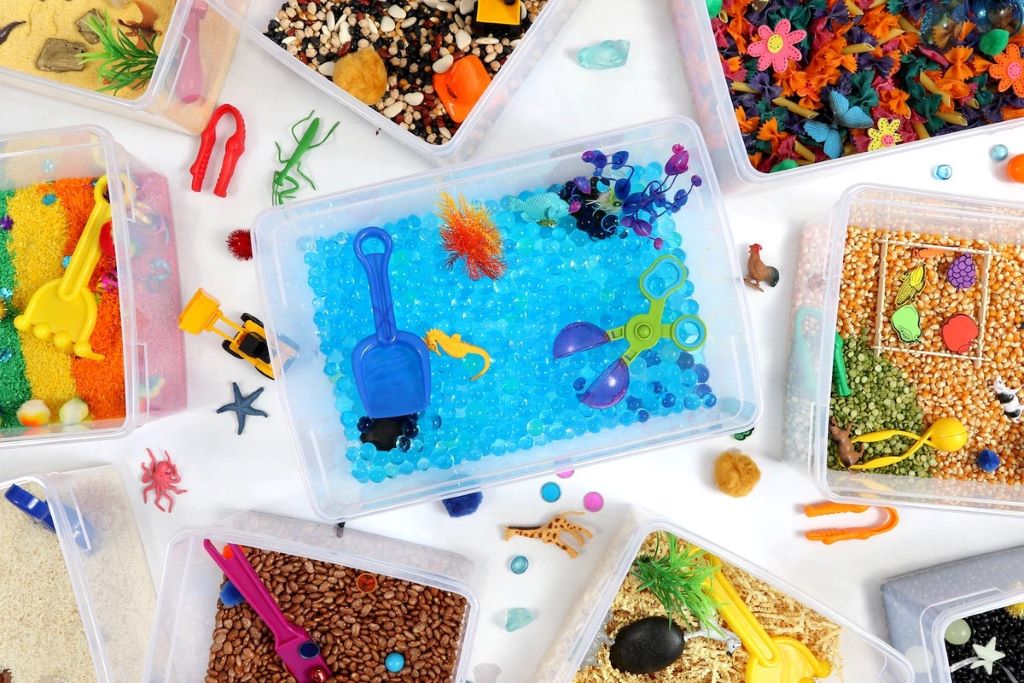
1. What age are sensory bins suitable for?
Sensory bins can be enjoyed by children of various ages, but they are particularly beneficial for toddlers between 1 and 3 years old. Always supervise play and adapt the materials to your child’s age and developmental stage.
2. My toddler puts everything in their mouth. Is a sensory bin safe?
Supervision is crucial during sensory play. If your toddler is still mouthing objects, choose larger items that cannot be swallowed and avoid small or choking hazards. Edible options like dry pasta or Cheerios can also be a good alternative.
3. How do I keep my sensory bin clean?
For dry materials like rice or beans, you can store them in an airtight container for future use. For wet materials, simply drain the water and clean the bin with soap and water. Some materials, like play dough, may need to be replaced more frequently.
4. My toddler seems uninterested in the sensory bin. What should I do?
Don’t worry if your toddler doesn’t immediately engage with the sensory bin. Some children need time to warm up to new experiences. Try introducing the bin gradually, allowing your child to observe it first. You can also join in the play and show them how to interact with the materials.
5. Can I use household items in a sensory bin?
Absolutely! Household items like sponges, bottle brushes, measuring cups, and spoons can add variety and interest to a sensory bin. Just ensure they are clean and safe for your toddler to handle.
6. How often should I change the sensory bin?
It depends on the materials used and your toddler’s interest. You can refresh the bin by adding new objects or changing the theme every week or two. Observe your child’s engagement and adjust accordingly.
7. Where can I find inspiration for sensory bin ideas?
There are countless resources available online and in parenting books. Pinterest, Instagram, and parenting blogs are great places to find creative and engaging sensory bin ideas.
8. What are some alternatives to sensory bins?
If you’re looking for alternatives to traditional sensory bins, consider sensory bottles, textured balls, finger painting, play dough, or even a simple bucket of water with toys.
9. Can sensory bins be used for children with special needs?
Yes, sensory bins can be particularly beneficial for children with sensory processing difficulties, autism, or ADHD. They can provide calming sensory input, promote focus, and encourage exploration. However, it’s essential to adapt the materials and activities to the child’s individual needs and preferences.
10. How can I make sensory play a learning experience?
Sensory play naturally lends itself to learning. You can incorporate counting, sorting, color recognition, and vocabulary building into the activities. Talk to your toddler about the textures, colors, and shapes they encounter, and encourage them to describe their experiences.
Read More: Bottle-Feeding Bliss: Finding the Perfect Position for You and Your Baby
Beyond the Bin: Extending Sensory Play
Sensory play doesn’t have to be confined to a bin. You can extend the experience with these ideas:
- Sensory walks: Explore your backyard or a local park, encouraging your toddler to touch leaves, feel the grass, and listen to the birds.
- DIY sensory toys: Create simple sensory toys like textured balls, fabric squares with different textures, or homemade play dough.
- Sensory art: Combine sensory play with art by using finger paints, textured stamps, or natural materials like leaves and flowers for printing.
- Cooking together: Baking and cooking provide a wonderful opportunity for sensory exploration. Let your toddler help with mixing, pouring, and kneading.
Embrace the Mess and the Magic
Sensory play can be messy, but it’s important to embrace the mess and focus on the valuable learning experiences it provides. By providing a safe and stimulating environment for sensory exploration, you are nurturing your toddler’s curiosity, creativity, and love for learning. So, gather your materials, unleash your imagination, and embark on a sensory adventure with your little one!
Read More:
Baby’s Got the Sniffles? Tips to Keep Your Little One Healthy!
